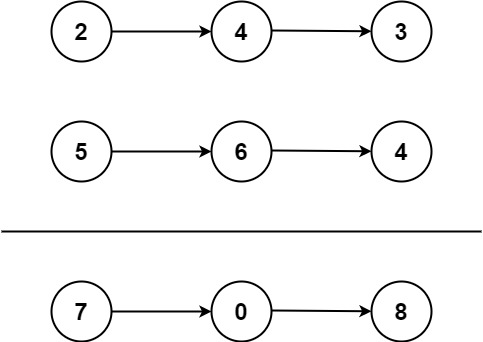Given an integer x, return true if x is palindrome integer.
An integer is a palindrome when it reads the same backward as forward. For example, 121 is palindrome while 123 is not.
Example 1:
Input: x = 121 Output: true
Example 2:
Input: x = -121 Output: false Explanation: From left to right, it reads -121. From right to left, it becomes 121-. Therefore it is not a palindrome.
Example 3:
Input: x = 10 Output: false Explanation: Reads 01 from right to left. Therefore it is not a palindrome.
Example 4:
Input: x = -101 Output: false
Constraints:
-231 <= x <= 231 - 1
Solution:
/**
* @param {number} x
* @return {boolean}
*/
var isPalindrome = function(x) {
// negative number is not a Palindrome Number
if (x < 0) return false;
let y = x;
let reverse = 0;
while (y > 0) {
let lastDigit = y % 10;
reverse = reverse * 10 + lastDigit;
y = parseInt(y / 10);
}
return reverse === x ;
};


